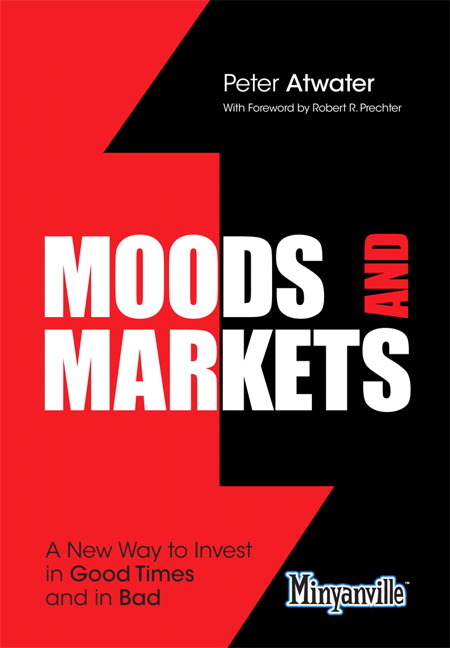Industry Ranks August 2012
My main industry model is illustrated in the graphic.? Green industries are cold.? Red industries are hot.? If you like to play momentum, look at the red zone, and ask the question, ?Where are trends under-discounted??? Price momentum tends to persist, but look for areas where it might be even better in the near term.
If you are a value player, look at the green zone, and ask where trends are over-discounted.? Yes, things are bad, but are they all that bad?? Perhaps the is room for mean reversion.
My candidates from both categories are in the column labeled ?Dig through.?
If you use any of this, choose what you use off of your own trading style.? If you trade frequently, stay in the red zone.? Trading infrequently, play in the green zone ? don?t look for momentum, look for mean reversion.
Whatever you do, be consistent in your methods regarding momentum/mean-reversion, and only change methods if your current method is working well.
Huh?? Why change if things are working well?? I?m not saying to change if things are working well.? I?m saying don?t change if things are working badly.? Price momentum and mean-reversion are cyclical, and we tend to make changes at the worst possible moments, just before the pattern changes.? Maximum pain drives changes for most people, which is why average investors don?t make much money.
Maximum pleasure when things are going right leaves investors fat, dumb, and happy ? no one thinks of changing then.? This is why a disciplined approach that forces changes on a portfolio is useful, as I do 3-4 times a year.? It forces me to be bloodless and sell stocks with less potential for those with more potential over the next 1-5 years.
I like some technology names here, some energy some healthcare-related names, P&C Insurance and Reinsurance, particularly those that are strongly capitalized.? I?m not concerned about the healthcare bill; necessary services will be delivered, and healthcare companies will get paid.
A word on banks and REITs: the credit cycle has not been repealed, and there are still issues unresolved from the last cycle ? I am not interested there even at present levels.? The modest unwind currently happening in the credit markets, if it expands, would imply significant issues for banks and their ?regulators.?
I?m looking for undervalued and stable industries.? I?m not saying that there is always a bull market out there, and I will find it for you.? But there are places that are relatively better, and I have done relatively well in finding them.
At present, I am trying to be defensive.? I don?t have a lot of faith in the market as a whole, so I am biased toward the green zone, looking for mean-reversion, rather than momentum persisting.? The red zone is pretty cyclical at present.? I will be very happy hanging out in dull stocks for a while.
That said, dull is hard to find these days.? Where will demand remain strong, or where will demand rebound are tough questions.
The Red Zone has a Lot of Cyclicals
What I find fascinating about the red momentum zone now, is that it is laden with cyclical companies.? That does not make sense in a confused market environment where the market has no been making any progress.
So, as I considered the green and red zones, I chose areas that I thought would be interesting.? In the red zone, I picked transportation names, energy services, telecommunication services, and wholesale foods.
Much as cyclicals are displayed in the red zone, it does not mean the red zone or cyclicals are a good place to be.? The is a lot of weakness not just in the US, but globally.? I am left hard: where is the economy growing where the culture is honest enough that I trust the statistics?
But what would the model suggest?
Ah, there I have something for you, and so long as Value Line does not object, I will provide that for you.? I looked for companies in the? industries listed, but in the top 4 of 9 financial strength categories, an with returns estimated over 15%/year over the next 3-5 years.? The latter category does the value/growth tradeoff automatically.? I don?t care if returns come from mean reversion or growth.
But anyway, as a bonus here are the names that are candidates for purchase given this screen.? Remember, this is a launching pad for due diligence.
Full disclosure: long for me and clients: HPQ, THG, ESV, KR, INTC, CSCO




